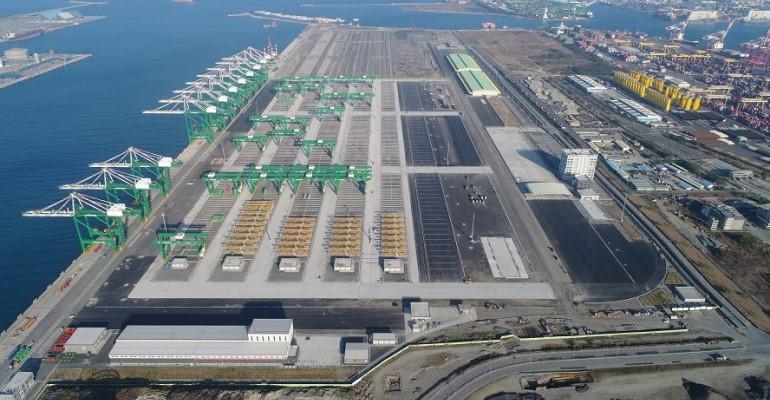The port of Kaohsiung has leased Wharf Nos. S1S5 in the seventh container terminal to Evergreen Marine on a long-term basis, to service large vessels. Evergreen Marine, the port’s largest container shipping client, handled 3m teus at Kaohsiung in 2022. The company has replaced older ships with new vessels and currently operates 20,000-teu Very Large Container Ships (VLCS).
The first phase of this lease, which covers Wharf Nos. 3B5 and adjacent land, will commence normal operations on 1 May after the final delivery of necessary cargo-handling facilities in January.
In a statement, the Port of Kaohsiung said that the entry in service of these wharves will mark the first step towards cementing its position as one of East Asia’s most important container ports.
The second phase of the port’s growth plan, which began in 2011, involved the construction of the 7th Container Terminal, comprising 12 engineering projects that started in 2020 and will conclude in 2023.
Once completed, the 7th Container Terminal will boast five 18-metre-deep berths with a total water length of 2,415 metres and a quay width of 700 metres, providing 149 hectares of container yard space.
To prepare for its new operations from the 7th Container Terminal, Evergreen has ordered 19 remotely operated ship-to-shore (STS) container cranes and 56 automated gantry cranes, which are currently being installed. These new handling and transport infrastructures are expected to boost container handling efficiency, significantly reduce vessel berthing times, and pave the way for full container-yard automation in the future.
Copyright © 2024. All rights reserved. Seatrade, a trading name of Informa Markets (UK) Limited.
Add Seatrade Maritime News to your Google News feed.  |

